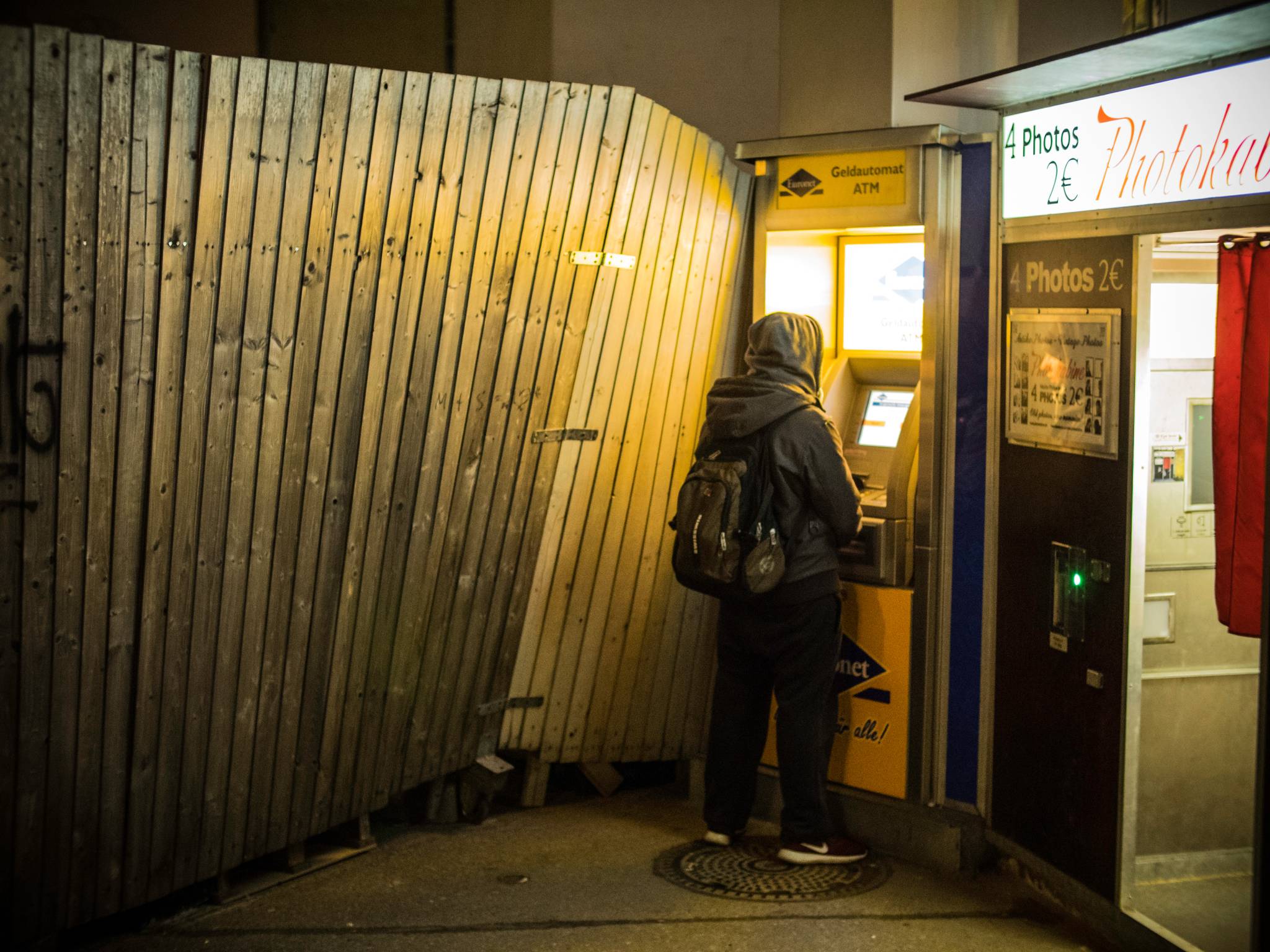
After nearly 25 years, the UK is getting a new £1 coin. The twelve-sided quid will gradually replace the current design, which has proved too easy to forge. But despite the array of convenient digital payment options available, only a quarter of Brits think they’ll abandon physical money by 2020. We explore the insights behind the slow shift to cashless, and what it means to a society that prefers to use card over cash.
The new twelve-sided coin was designed by 15-year-old David Pearce, who won a public design competition. Around one in 30 current £1 coins in circulation today are counterfeit, so the new coin has multiple features that make it much harder to forge including micro-lettering, grooves on alternate sides, a latent image that looks different from different angles and a hidden security feature. The Royal Mint, which is producing 1.5 billion new coins, claims it’s “the most secure coin in the world.”
In 2005, Britons used cash for 64% of payments – a figure that had shrunk to 45% by 2015. The introduction of contactless payments, which offer the convenience of not having to remember a pin number, as well as innovations like ApplePay, have made digital payments a new norm. But they're far from abandoning physical money altogether – possibly because of the diverse range of psychological reactions people have to different methods of spending. “Pain is more strongly associated with letting go of the physical forms of legal tender we’re most familiar with,” says Dr. Avni Shah, assistant professor of marketing at the University of Toronto and co-author of ‘Paper or Plastic?’: How We Pay Influences Post-Transaction Connection’. “Every step you get further removed, the psychological distance becomes greater, and the pain becomes less.”
“We are moving to a less-cash society, but not to a cashless society,” says Steve Worthington, an adjunct professor and payments expert at Swinburne University of Technology. “I don’t believe that cash will die out completely – we all like the tangibility of cash. In extreme situations – for example, when the IT systems of banks have an ‘outage’ and we cannot pay by card at the point of sale – we will still need to use cash as a fall back.” Despite our love of plastic, it looks like physical currency is here to stay. And against that backdrop, the introduction of a new coin doesn’t seem so outdated.
Katy Young is a behavioural analyst at Canvas8, which specialises in behavioural insights and consumer research. She has a degree in American Studies and Film and an MA in Journalism. Her interests include wild swimming, thinking of podcast ideas and singing in an all-female choir.



